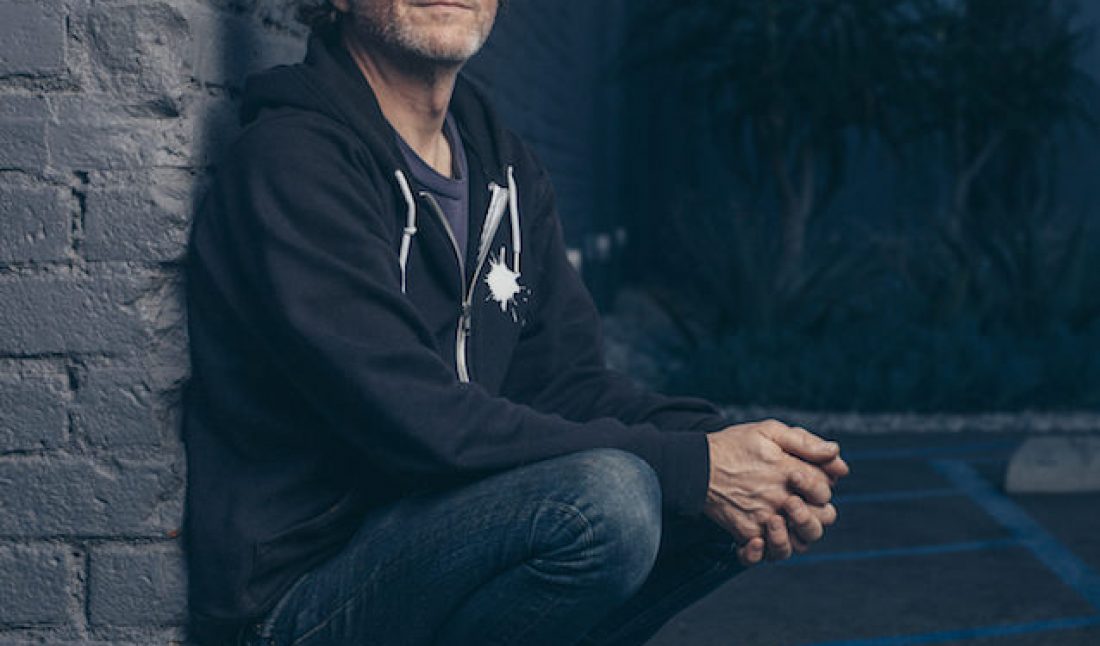In Whitewall‘s spring 2016 Art Issue, we spoke with David Kordansky about his eponymous gallery in Los Angeles and the exhibitions on view early this year with works by Evan Holloway and Calvin Marcus.
WHITEWALL: You’ve been described as someone who talks more about art than deals. Do you see yourself as a dealer? How would you describe your role?
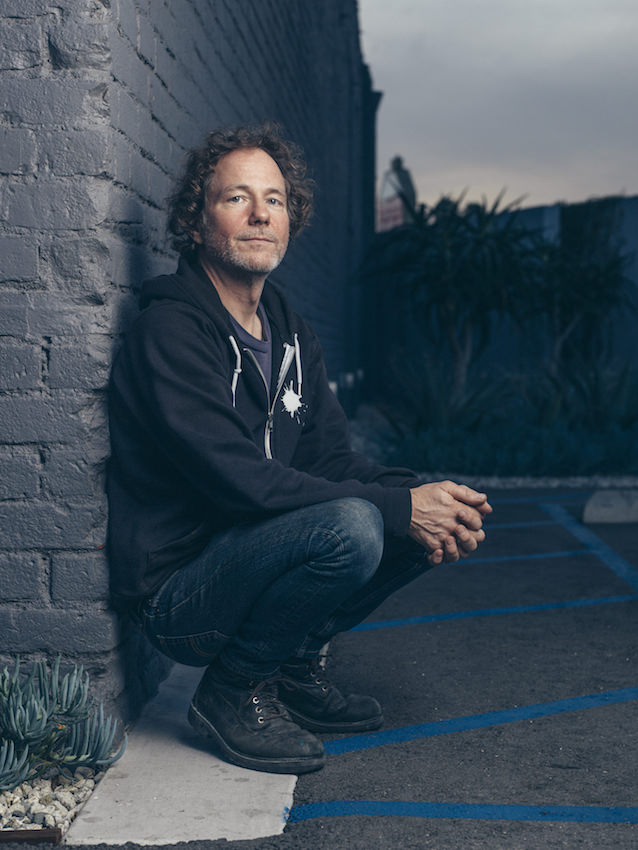 Evan Holloway portrait by Sebastien Micke.
Evan Holloway portrait by Sebastien Micke.
DAVID KORDANSKY: I’ve always been put off by the term “dealer” because it reminds me of a “car dealer.” It doesn’t take into account the fact that art is more than a market, and I much prefer, and believe in, the role of the “gallerist,” which entails a bigger project than simply making deals. Developing a gallery involves forming a culture and fostering a sensibility with artists, through exhibitions, design, and conversation. It also means investing in an infrastructure and growing an ecosystem for our shared vision, which is supported by a network of relationships beyond the gallery’s walls. I see the gallery’s role as a hub of ideas, attitudes, and objects. I understand my role as cultivating that reality.
WW: Several of the artists from your very first show at the gallery in 2003 are still with you. How would you describe the artist community of the gallery? What kind of feel did you want to create and maintain when you first opened?
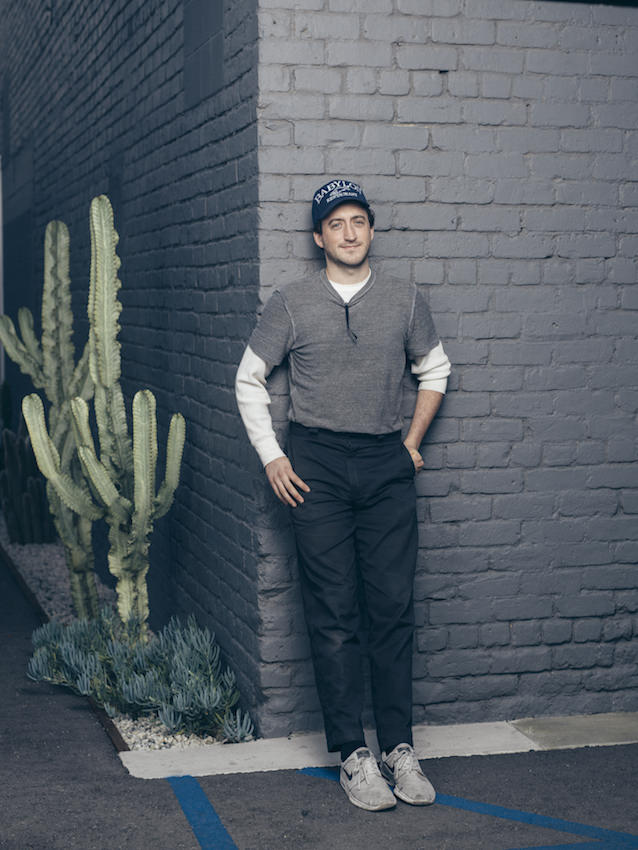 Portrait of Calvin Marcus by Sebastien Micke.
Portrait of Calvin Marcus by Sebastien Micke.
DK: It’s true: There are a number of artists that started with the gallery and that are still a significant part of it today. I’ve always imagined the gallery as a space of heterogeneity, an environment in which the particularities of each artist’s vision are accentuated and amplified by that of his or her peers. There is no single through-line to the program. Instead, there is an assortment of positions, interests, and relationships—I count many of my artists as my closest friends. As I have rapidly grown the gallery, this artist-centric ethos has not wavered: A desire to tell the story of each individual artist still drives our efforts in every way, every day.
WW: We spoke last month to your colleague Kurt, who described the energy in L.A. as changing. Whereas initially artists came to Los Angeles for school and either stayed or not, now artists come to L.A. to live and work, and it’s not just young people—it’s not just around the schools anymore. Why do you think that shift has happened, and how has that changed the kind of work that is being created in L.A.?
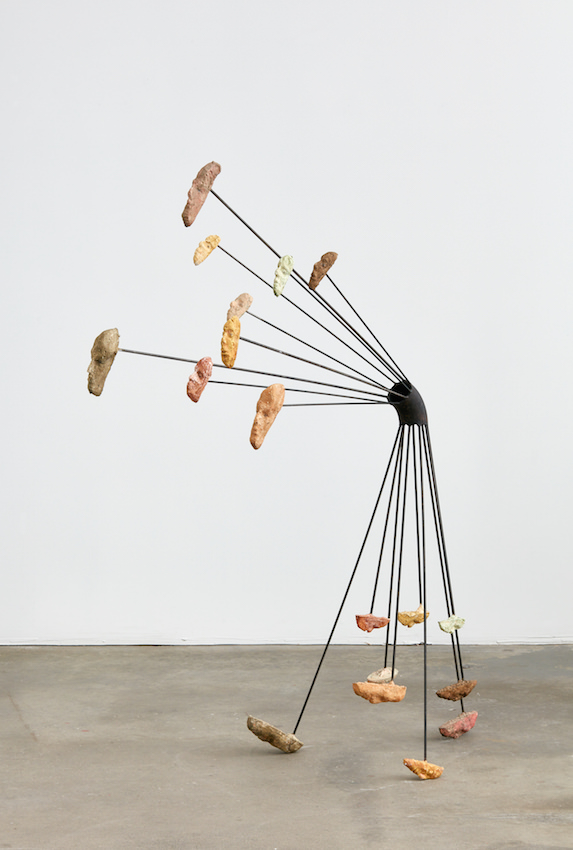 Evan Holloway
Evan HollowayAphorism
2015
Courtesy of David Kordansky Gallery
DK: Artists traditionally came to L.A. for the schools, with ample space and sunshine as a plus. Artists now move here just for the latter, and gallerists have joined them. I think this migration only adds to the already idiosyncratic L.A. art landscape, but with a more schizophrenic effect. I now see two L.A.s: a newer L.A. comprised of younger artists with a greater affinity to New York and Europe, and an older L.A., of multiple generations, more defined by the city’s history of artmaking, and its colleges and universities. I really believe there’s a unique aesthetic birthed and bred by L.A.’s schools, especially if you look at the work coming out of the city’s MFA programs in the late 1990s through to the present day. The work of Evan Holloway and Calvin Marcus, our current exhibitions, is emblematic of this. Evan’s studio-based practice—supplied by Home Depot and tinged with Aldous Huxley’s West Coast mysticism—assumed a grunge-like counter position to the relational aesthetics and identity politics of New York/Europe and the YBA “sensation” of London. Outside these centers, Evan and his peers were effectively removed from the marketplace and the articulated annals of art, and were instead steeped in the rich artistic culture of their backyard: John Baldessari, Chris Burden, Dennis Cooper, Meg Cranston, Morgan Fisher, Richard Hawkins, Roger Herman, Bruce Hainley, Richard Jackson, Mary Kelly, Mike Kelley, Chris Kraus, Liz Larner, Paul McCarthy, Lari Pittman, Stephen Prina, Charlie Ray, Nancy Rubins, Allen Ruppersberg, Jim Shaw, Mayo Thompson, James Welling, and Christopher Williams, all of whom were teaching at either UCLA or Art Center, not to mention countless other radical antecedents. Significantly, this was and is a living tradition informed by close, often amorphous academic relationships. This lineage lured me west in 2000, it molded many of the artists in my program, and it continues to influence artists now emerging from the city, like Calvin Marcus.
WW: How does your new gallery space, designed by Kulapat Yantrasast of wHY, affect your programming mission?
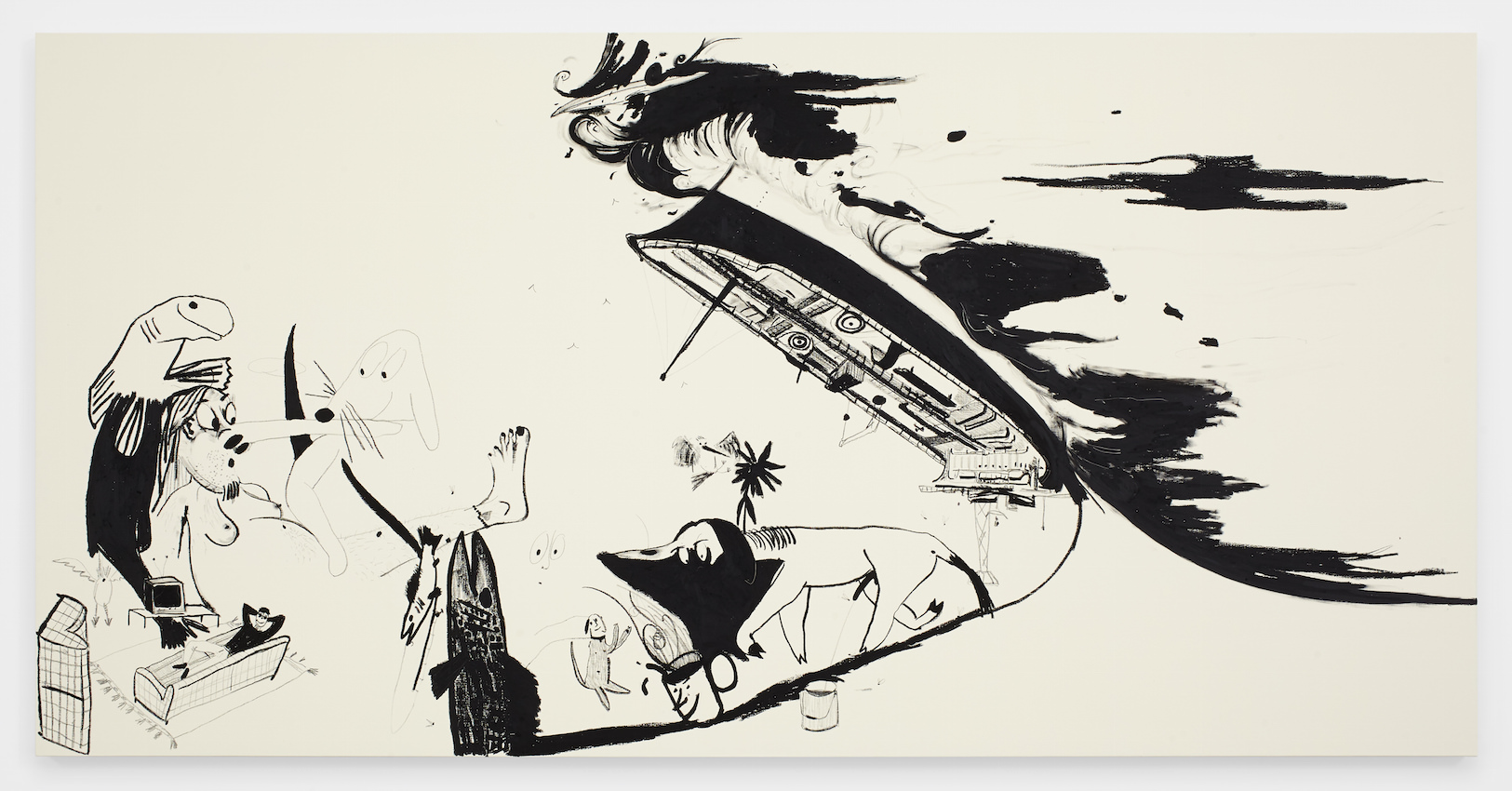 Calvin Marcus
Calvin MarcusDK: Our new space was designed to amplify our current exhibition program, specifically our focus on solo presentations, as well as the dialogue between the diverse voices of our artists. From 2011 to 2014, I had two spaces a few blocks apart from each other in Culver City, and featured a dual exhibition program between them. Our new building centralizes this energy across two carefully considered galleries. These equally sized volumes give each artist an equivalent platform—there is no hierarchy between them. The most exciting part of this design is that we can play with the perversity of juxtaposition. Pairing Tom of Finland and Betty Woodman, on paper at least, would seem confusing, if not absurd. But installing Tom’s early works adjacent to Betty’s recent painting-sculptures was an illuminating moment. These twin spaces allow for a greater dramaturgy to each installation.
WW: Currently at the gallery are two exhibitions of work by Evan Holloway and Calvin Marcus. How do you see their work intersecting?
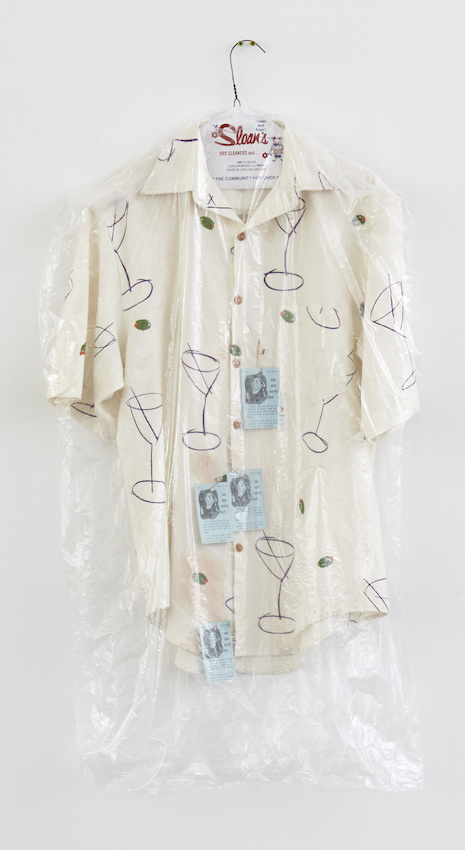 Automatic Drawing #16,
Automatic Drawing #16,2015
Courtesy of David Kordansky Gallery
DK: Evan and Calvin, though of different generations, both engage in deeply intuitive, personal, and exploratory studio-based practices. Each has a love affair with materials, in particular things that often appear conventional to start. Through rendering, engineering, and playful humor, tree branches or crayon drawings become phenomenal, uncanny events. It is no surprise that they both graduated from the UCLA MFA program—interestingly, at two different moments, nearly twenty years apart, when L.A. has been the source of renewed art-world attention. Both artists are part of the unorthodox tradition I spoke of previously, and lead their respective waves therein. Evan and Calvin are also both California natives, of the Inland Empire city of Whittier and San Francisco, respectively.
WW: As we’ve spoken to other Los Angeles–based artists, we’ve heard from a lot of artists that the sprawl of L.A. allows for a good deal of isolation and time in the studio. Do you think that’s characteristic of L.A. artists?
DK: Evan’s work is also born from a studio focus. In both his and Calvin’s practices, like that of their Los Angeles–based peers, the remove and quiet afforded by a studio amongst the sprawl is without a doubt part of the appeal of working here. One has the opportunity to indulge in one’s own headspace. By comparison, New York seems quite social to me. In L.A. you can be a homebody and hermit guilt-free.
WW: Do you see Evan’s recent monumental gestures departing from his studio-based practice? Are they connecting back to an earlier moment of L.A. art?
DK: Evan’s exhibition with us features monumental works, but his is still a very studio-based practice. With the exception of bronze casting, the fabrication of his sculptures occurs in his studio, and by his hand. Our show is providing him a platform to explore larger-scale gestures. Regardless of size, his practice epitomizes a crafty, punk, and often esoteric ethos, which continues to be a touchstone for artists here.
WW: In a recent profile you talked about a proud moment for you, showing the work of Sam Gilliam, an African-American painter in his eighties based in D.C. Why was that such an important point of your career?
DK: I built my gallery by starting/growing the careers of young artists, so the opportunity to work with the legendary Sam Gilliam is a gift and an honor. Sam is art history: the first artist to make the seemingly simple gesture of removing the canvas from its stretcher support, and to imagine painting as sculpture and architecture. Of equal note is his cosmic sense of color fueled by the improvisations of jazz, and the complicated politics of being an African-American abstractionist. It was a tragedy that his seminal oeuvre had lost the greater renown and exposure it deserves, and his renewed success is everything one works for as a gallerist. The opportunity to be part of Sam’s story, to help him shape not only his present but also his future and the reception of his past, is incredibly memorable and deeply moving.
This article is published in Whitewall‘s spring 2016 issue.






